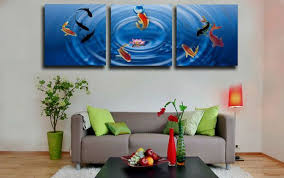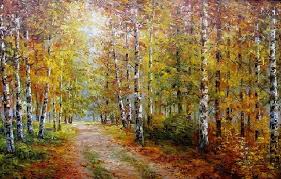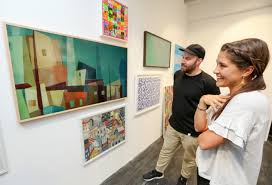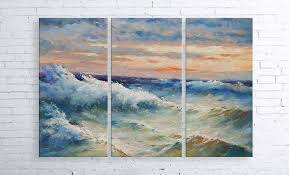density
HISTORY OF THE ORIGIN AND DEVELOPMENT OF MONUMENTAL PAINTING (part 2)
 The term “fresco” came to Russia from Italy no earlier than the 18th century. This can be judged by the fact that even in the XVI-XVII centuries it was not found in Russian documents, and they wrote about this nature of work in annals, charters, and decrees: “a wall letter in raw gesso.” The term “wall writing” meant all paintings on architectural surfaces made using any technique, whether it was painted on raw gesso, on an emulsion binder or adhesive.
The term “fresco” came to Russia from Italy no earlier than the 18th century. This can be judged by the fact that even in the XVI-XVII centuries it was not found in Russian documents, and they wrote about this nature of work in annals, charters, and decrees: “a wall letter in raw gesso.” The term “wall writing” meant all paintings on architectural surfaces made using any technique, whether it was painted on raw gesso, on an emulsion binder or adhesive.
The mural was widespread in past eras. It is assumed that she was known in Ancient Greece, she wrote in ancient Rome, Byzantium, in Russia X-XII centuries. Numerous murals are made in medieval Europe.
Significant and outstanding works are created in this technique. Continue reading
EXCURSION TO THE WORLD OF PAINTING (part 1)
 Painting, according to the apt remark of the artist K. Yuon, is “a living letter or a letter about the living”. At first glance, this may seem paradoxical: after all, living writing and writing about living things are not the same thing. But in this case, the paradox of this statement is only apparent. With the words “letter about the living,” the artist reveals the subject of painting, and “living writing” – its means. In painting, the shape of the object is conveyed, its color, the light illuminating it, the texture of the material, the space in which the depicted object is located. Therefore, painting uses such specific graphic means as a line, color, chiaroscuro, aerial and linear perspective, etc. These graphic means make it possible to create an illusion of three-dimensionality on a plane, to correctly convey the feeling of volumetric objects in the world around us, to preserve and multiply the multi-color nature and so on. Continue reading
Painting, according to the apt remark of the artist K. Yuon, is “a living letter or a letter about the living”. At first glance, this may seem paradoxical: after all, living writing and writing about living things are not the same thing. But in this case, the paradox of this statement is only apparent. With the words “letter about the living,” the artist reveals the subject of painting, and “living writing” – its means. In painting, the shape of the object is conveyed, its color, the light illuminating it, the texture of the material, the space in which the depicted object is located. Therefore, painting uses such specific graphic means as a line, color, chiaroscuro, aerial and linear perspective, etc. These graphic means make it possible to create an illusion of three-dimensionality on a plane, to correctly convey the feeling of volumetric objects in the world around us, to preserve and multiply the multi-color nature and so on. Continue reading




